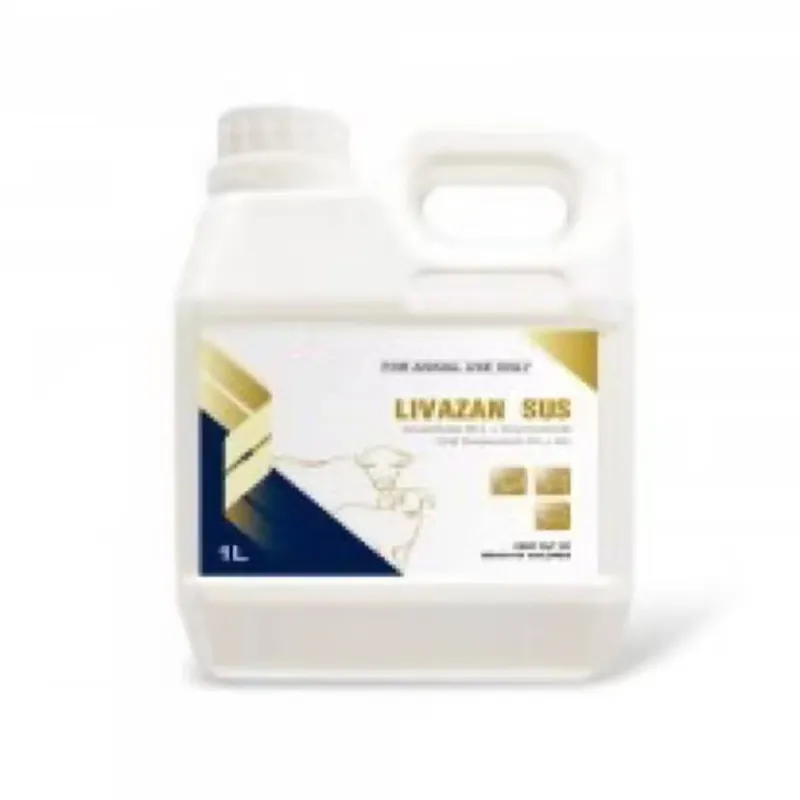- Afrikaans
- Albanian
- Amharic
- Arabic
- Armenian
- Azerbaijani
- Basque
- Belarusian
- Bengali
- Bosnian
- Bulgarian
- Catalan
- Cebuano
- Corsican
- Croatian
- Czech
- Danish
- Dutch
- English
- Esperanto
- Estonian
- Finnish
- French
- Frisian
- Galician
- Georgian
- German
- Greek
- Gujarati
- Haitian Creole
- hausa
- hawaiian
- Hebrew
- Hindi
- Miao
- Hungarian
- Icelandic
- igbo
- Indonesian
- irish
- Italian
- Japanese
- Javanese
- Kannada
- kazakh
- Khmer
- Rwandese
- Korean
- Kurdish
- Kyrgyz
- Lao
- Latin
- Latvian
- Lithuanian
- Luxembourgish
- Macedonian
- Malgashi
- Malay
- Malayalam
- Maltese
- Maori
- Marathi
- Mongolian
- Myanmar
- Nepali
- Norwegian
- Norwegian
- Occitan
- Pashto
- Persian
- Polish
- Portuguese
- Punjabi
- Romanian
- Russian
- Samoan
- Scottish Gaelic
- Serbian
- Sesotho
- Shona
- Sindhi
- Sinhala
- Slovak
- Slovenian
- Somali
- Spanish
- Sundanese
- Swahili
- Swedish
- Tagalog
- Tajik
- Tamil
- Tatar
- Telugu
- Thai
- Turkish
- Turkmen
- Ukrainian
- Urdu
- Uighur
- Uzbek
- Vietnamese
- Welsh
- Bantu
- Yiddish
- Yoruba
- Zulu
nov . 21, 2024 13:45 Back to list
terbinafine veterinary
Terbinafine in Veterinary Medicine An Overview
Terbinafine is an antifungal medication that is widely known for its effectiveness in treating various fungal infections in humans. However, its usage extends beyond human medicine, proving to be an important resource in veterinary medicine as well. In this article, we will explore the applications, mechanisms, and considerations of terbinafine when used in veterinary contexts.
What is Terbinafine?
Terbinafine belongs to a class of antifungal agents known as allylamines. It operates by inhibiting a specific enzyme called squalene epoxidase, which plays a crucial role in the biosynthesis of sterols in fungi. By disrupting this process, terbinafine effectively halts the growth of fungi, making it a powerful treatment for various mycotic infections.
Veterinary Applications
In veterinary medicine, terbinafine is primarily used to treat dermatophytosis, commonly known as ringworm, in animals. This infection is caused by a group of fungi that feed on keratin, leading to skin lesions, hair loss, and discomfort for the affected animal. Ringworm is highly contagious, not only among animals but also to humans; hence, effective treatment is crucial.
Terbinafine may be administered topically as a cream or solution, or systemically via oral tablets, depending on the severity and location of the infection. For localized infections, topical applications often suffice. However, in more extensive cases, systemic treatment may be necessary to ensure complete eradication of the dermatophytes.
Other fungal infections, including those caused by yeasts such as Malassezia, can also be treated with terbinafine in veterinary settings. These infections often lead to skin irritations and itching, adversely affecting the animal's quality of life. Using terbinafine can help restore skin health and alleviate the discomfort associated with these conditions.
Dosage and Administration
terbinafine veterinary

Determining the appropriate dosage of terbinafine in veterinary patients is crucial for effective treatment. The typical dosage can vary based on the type of animal, weight, and severity of the infection. For dogs and cats, systemic administration usually involves a dosage range of 10 to 30 mg/kg per day, given for several weeks.
Veterinary professionals must adhere to the prescribed duration of treatment, as discontinuation before the fungal infection is fully cleared can result in recurrence. Regular follow-ups and monitoring of the animal's response to treatment are essential to adjust dosages if necessary and to check for any potential side effects.
Side Effects and Considerations
While terbinafine is generally well-tolerated by most animals, it is not without potential side effects. Some animals may experience gastrointestinal disturbances, such as vomiting or diarrhea. In rare cases, allergic reactions can occur, presenting as skin rashes or itching. Liver function should also be monitored, particularly in long-term treatment plans, as terbinafine can affect liver enzymes.
Moreover, terbinafine should be used with caution in animals with a history of liver disease or those on other hepatotoxic medications. It is essential for veterinarians to conduct a thorough medical history and consider any contraindications before prescribing this antifungal agent.
Conclusion
Terbinafine is an invaluable tool in the arsenal of veterinary medicine, providing an effective treatment for various fungal infections. Its role in addressing dermatophytosis and other mycotic infections highlights the importance of antifungal therapy in maintaining not only the health of animals but also preventing zoonotic transmissions to humans.
As with any medication, it is imperative that terbinafine is used judiciously and under the guidance of a qualified veterinarian. Following appropriate dosages, monitoring for side effects, and ensuring the complete resolution of infections will promote better outcomes for our furry companions. Through continued research and clinical experience, veterinarians will be better equipped to harness the benefits of terbinafine in the ongoing battle against fungal infections in animals.
-
Guide to Oxytetracycline Injection
NewsMar.27,2025
-
Guide to Colistin Sulphate
NewsMar.27,2025
-
Gentamicin Sulfate: Uses, Price, And Key Information
NewsMar.27,2025
-
Enrofloxacin Injection: Uses, Price, And Supplier Information
NewsMar.27,2025
-
Dexamethasone Sodium Phosphate Injection: Uses, Price, And Key Information
NewsMar.27,2025
-
Albendazole Tablet: Uses, Dosage, Cost, And Key Information
NewsMar.27,2025













